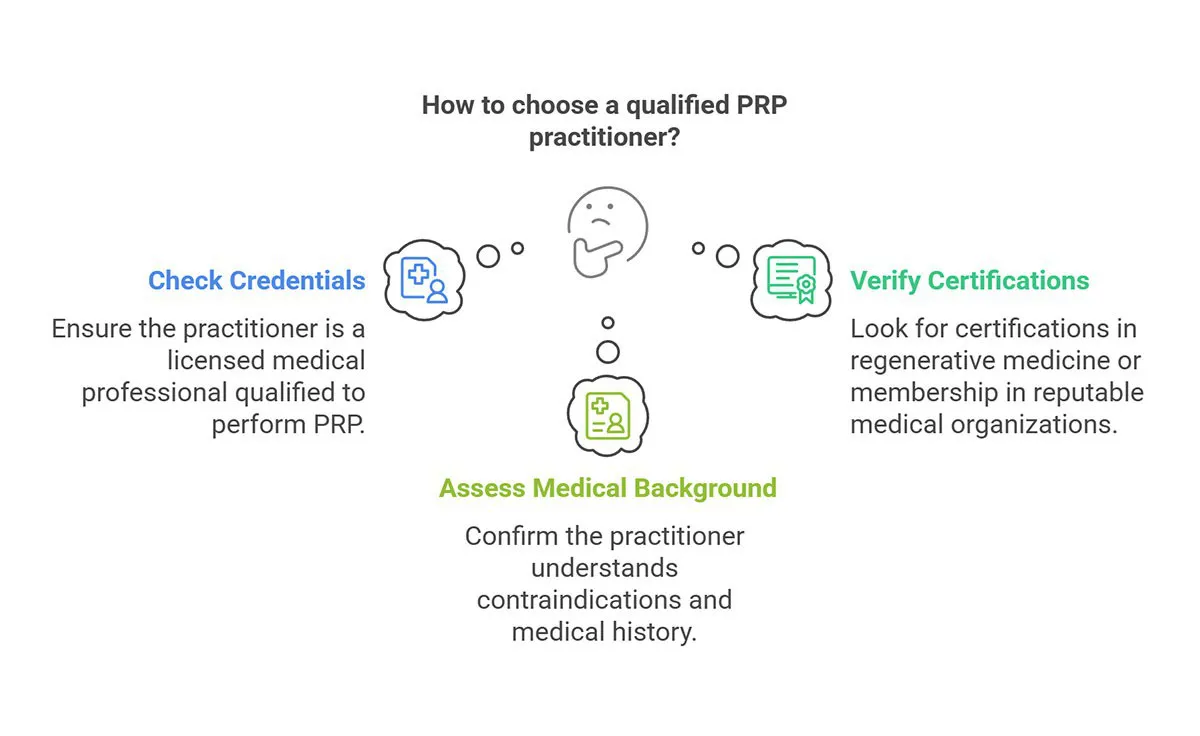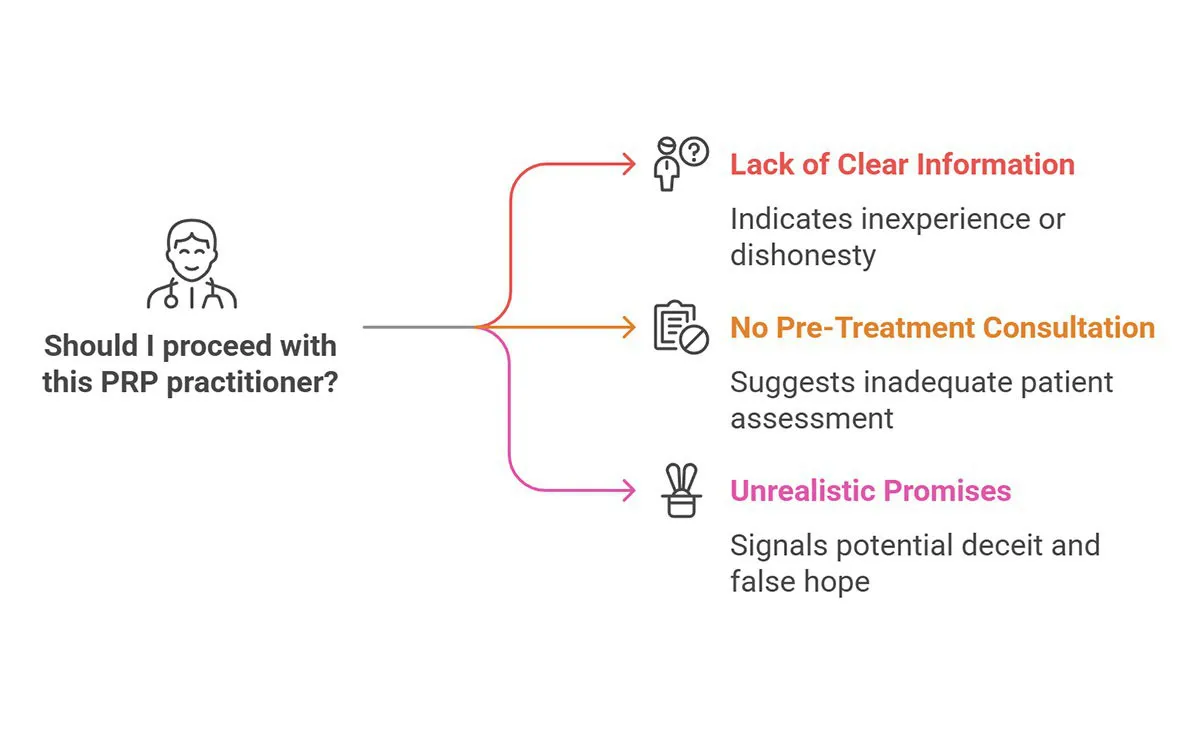Would you let a stranger inject your face or scalp without checking their credentials? What if they used the wrong technique, the wrong equipment, or worse—didn’t even know what they were doing?
PRP treatments, especially Cellenis PRP, can deliver incredible skin rejuvenation and hair restoration results—but only if done correctly.
Here’s the harsh truth: not all practitioners are qualified, and not all clinics follow proper safety protocols.
This guide reveals the biggest red flags that signal it’s time to walk away. Before booking your treatment, learn what to watch for, what to ask, and how to protect yourself from unsafe, inexperienced, or deceptive providers. Because when it comes to your health, beauty, and confidence—there’s no room for mistakes.
Ever heard the phrase, "A little knowledge is a dangerous thing?" That couldn't be more true when it comes to PRP therapy. The right practitioner can give you glowing skin or a thicker head of hair. The wrong one? Let’s just say, you could end up with bruises, poor results, or worse, an infection. PRP is not just another beauty treatment—it's a medical procedure. That means experience, technique, and precision matter.
You wouldn’t let just anyone cut your hair—so why risk your skin or scalp with an untrained provider? Ask questions. Do your research. Demand expertise. Your results depend on it. Find a Cellenis PRP specialist who knows what they’re doing.
You wouldn’t trust just anyone with a scalpel, would you? PRP is no different. It’s not a simple spa treatment—it’s a medical procedure that requires precision, expertise, and knowledge of human anatomy. Pick the wrong practitioner? You could end up with poor results, unnecessary pain, or worse—complications.

No two people are the same, so why should their PRP treatment be? A good consultation isn’t just a quick chat—it’s the foundation for a safe, effective, and personalised treatment plan. If a clinic rushes this step? Walk away.
This isn’t just about you getting answers—it’s about them proving they know their stuff. A rushed, vague, or pushy consultation? That’s your cue to leave. Choose wisely.
Would you eat at a restaurant where the chef doesn’t wash their hands? Probably not. So why let someone inject your skin with PRP if they don’t follow strict hygiene and safety protocols? This isn’t just about looking good—it’s about protecting yourself from infection, contamination, and bad results.
Trust your gut. If something feels off, it probably is. Choosing the wrong PRP practitioner isn’t just about wasting money—it’s about risking infection, poor results, and long-term damage. If you notice any of these red flags? Walk away. Fast.
Your skin, scalp, and health are on the line. If a clinic dodges questions, skips medical checks, or overpromises results, walk away. PRP is an investment—choose the right expert.

As always, if you have any questions you can use our Cellenis PRP Q&A where you can ask for more advice.
Not sure Cellenis PRP is right for you? We have lots of Cellenis PRP FAQs, Cellenis PRP videos, Cellenis PRP reviews, and Cellenis PRP before and after images for you to do more research.
If you want to look for your nearest verified Cellenis PRP clinic, your local Cellenis PRP clinics are listed below.